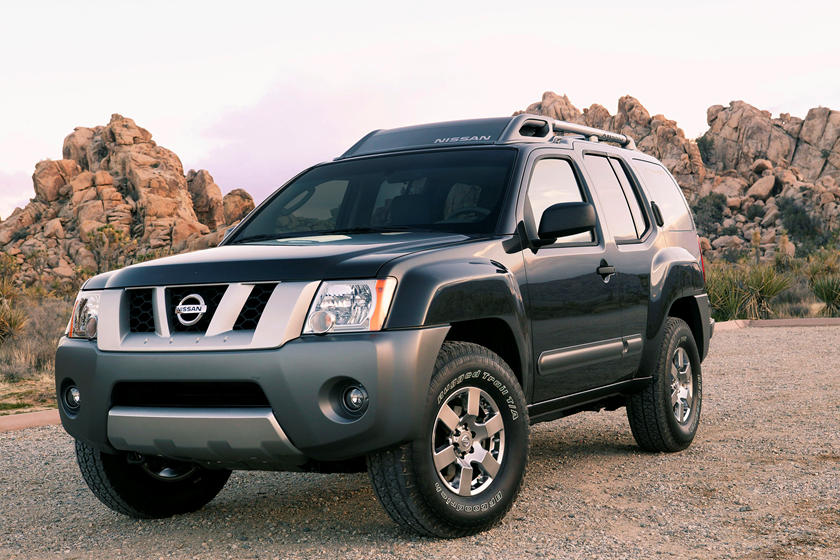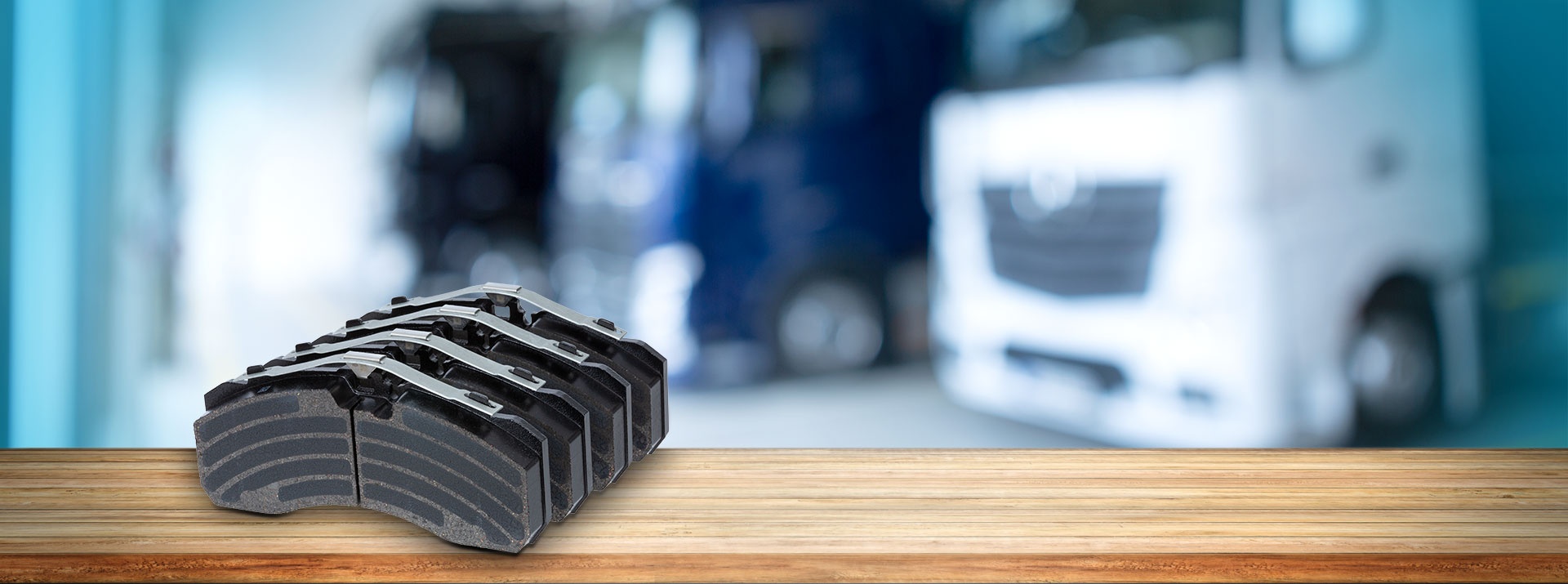
Technical service bulletins are documents from the original equipment manufacturer. They provide information about common issues with a specific model and suggest solutions. If the manufacturer is unable or unwilling to solve the problem on its own, they may issue a technical service bulletin. Every year, thousands of service bulletins are issued by automobile manufacturers for different vehicle types. Most bulletins aren't seen by the average car owner.
Technical service bulletins
Technical Service Bulletins (TSB) are documents that outline recommended procedures for repairing a vehicle. These bulletins are issued when a number of unexpected problems occur. Here are some of the most common TSBs:

Tech Service Bulletins are used to address minor and major problems with a vehicle. Automakers issue technical service bulletins that are followed by their dealers. These bulletins may not be as comprehensive as recalls but they address many problems and include instructions for repair with illustrations. You will also find the part number and the labor fee. You can download some of these bulletins directly from the manufacturer’s website.
Airworthiness directives
Often, aircraft owners and operators will need to comply with Airworthiness Directives in Service Bulletins. The benefits of adhering to these directives might outweigh their costs. Aircraft owners will need to conduct a cost-benefit analysis before implementing new service bulletins. Below are guidelines for complying with Airworthiness Directives in service bulletins. Listed below are some examples of these directives.
Manufacturers send service bulletins to notify aircraft owners of safety enhancements. It is up to you to decide whether or not to follow the manufacturer's recommendations, but you must follow them. Manufacturer's recommendations are the best way for you to learn about trends and faults. These bulletins are also issued by manufacturers to assist aircraft owners and mechanics in identifying and addressing items that might wear faster than expected.
Manufacturer recalls
To warn customers about possible problems with their vehicles, manufacturers release a service bulletin. They do so in order to give dealerships and owners sufficient time to make the repairs. In addition, the bulletins give owners and dealerships instructions and parts for fixing a recalled model. Automakers do not have to post service bulletins online, but they must make them available to customers who are affected. Unless a vehicle is brought to a dealership before the date of the recall, dealers cannot remedy defects in cars brought in prior to the announcement.

Technical service bulletins are issued when there is a problem with a particular model. This could be a faulty power lock, a malfunctioning starter, and even a badly installed floor mat. Many of these bulletins will also give you information on how to repair the problem yourself. These bulletins will also give you a list for parts and labor. The information in these bulletins is important for the safety and maintenance of your vehicle.
FAQ
What qualifications does a truck mechanic need?
While you may not have the formal qualifications to perform this job, your skills are well-rounded in working on engines and trucks. Your experience is valuable because it allows you to diagnose problems quickly, efficiently and effectively.
You also have an excellent knowledge of diesel technology which will help you to understand what parts are needed to repair our vehicles.
What jobs are available for car mechanics?
Car mechanics can find work in three areas:
-
Automotive repair shops
-
Dealerships
-
Independent garages
Automotive repair shops
This is where most people consider becoming a mechanic. It's the easiest way for most people to get started. Either work for someone else's shop or you can start your own.
If you plan to work in a shop, you must apply to join the union. Once you have been accepted into the Union, you'll be given training by the union.
Once you complete the training, it's time to get started.
If you plan to open your own garage you will need to register with government. After registering, you'll be required to meet certain standards.
After you register, you will be granted a license for your garage to operate.
Your license will permit you to sell spares parts and perform minor repairs. It won't permit you to fix serious engine problems.
You will be expected to sell spare parts and also offer guidance and advice to customers.
Dealership jobs
Most dealerships employ mechanics who can specialize in a particular area of the car. They may be trained to replace or repair tires, or they may specialize in brakes.
However, dealerships may also employ general mechanics who are able to handle all aspects related to car repairs.
Some positions require that applicants complete training before they can be allowed to work. This means employers can choose which candidates are best suited for their role.
Some dealerships will even hire graduates right out of university. These graduates already have a basic understanding of mechanical engineering, so they are able to learn all about cars.
Independent garages
Independent garages do not belong to any dealership. Instead, independent garages tend to concentrate on providing high-quality services.
Independent garages have the ability to afford higher wages, as they aren’t associated with any one company. This makes them generally more well-paid than jobs at dealerships.
However, independent garages do not necessarily offer better workplaces. Many business owners prefer to own their businesses and not delegate the responsibility to others.
It is possible to work long hours, but not have any control over the day.
It is also possible to expect lower wages than you would if working at a dealer.
The good news? You can easily switch between different types of jobs. You can switch jobs easily if you are interested in working at a dealership. Simply ask your employer if they would be open to hiring you as a mechanic.
Alternatively, if you'd like to work at an independent garage, then you could try applying directly to the owner of the garage.
Unfortunately, finding a new job can be difficult. There are plenty of other factors that influence how much you earn.
Consider, for example, what type of vehicle you are repairing and whether additional labor charges will apply.
Does it really matter what college I choose?
You're wrong. In terms of getting into the auto industry, there is no distinction between colleges. But, there are better programs at some schools than others. Look elsewhere if you want something more niche.
Is it hard being a mechanic apprentice
It is not easy but it can be done quickly. There are many opportunities for advancement.
You must be patient and persistent. It is also important to know how you can fix vehicles, trucks, or motorcycles.
Customers and family members will put pressure on your shoulders to help you succeed. But you should never feel pressured into making decisions you aren't comfortable with.
If you like fixing cars, this could be a great career option. This job allows you to make a decent wage and build up your company.
But, you might prefer a different path. You might consider becoming a technician in this instance.
This means that you can use your technical knowledge to help other workers. This could be a way to help technicians with their problems or to teach them new techniques.
Another option is to become a service advisor. When customers bring their cars into a garage, they will receive advice and assistance.
Your decision will be based on what your priorities are. There are plenty of options available, and you can choose which suits you best.
Statistics
- Apprentice mechanics earn significantly less hourly than mechanics who have completed training, with a median wage of approximately $14.50 an hour, according to PayScale. (jobhero.com)
- According to the BLS, the median annual salary for automotive service technicians and mechanics in the United States was $44,050 in May 2020. (uti.edu)
- There were 749,900 jobs available for automotive service technicians and mechanics in 2016, which is expected to grow by six percent through 2026. (jobhero.com)
External Links
How To
How to properly diagnose your vehicle for repair
Before you can determine if your car requires repairs, it's important to first analyze the symptoms. Next, you can follow these steps in order to diagnose your car.
-
Check engine lights. Inspect the dashboard light indicators. These include the engine lights, the oil pressure gauge and the battery light indicators. The RPM gauge and coolant temperature gauge should also be checked. If they have been flashing for more days than usual, it could be a sign that something is wrong with the vehicle.
-
Pay attention to the treads on your tires. Tires with worn treads could cause problems when handling or braking. The treads of the wheels should be inspected as well. They should be smooth and clean. To do this, remove the wheels and take them out. Use a flashlight to see how well the treads are worn.
-
Monitor the level and consistency of your brake fluid. It is important to keep track of how much brake fluid you have in your car. This will ensure that your brakes run smoothly. If the brake fluid level is low, your brakes might fail when you apply pressure to them.
-
Test the suspension system. A suspension system is designed to absorb vibrations and shocks. It allows for better control, smooth acceleration, and deceleration. It might feel uncontrollable or wobbly if your vehicle is suffering from a suspension problem. You can test if your vehicle has a suspension problem by putting weight on either the front or back axle to see how it moves.
-
Examine the steering wheel. The steering column connects the steering wheel to all other components of the vehicle. Steering columns can be damaged by accidents. It is recommended to replace any steering column that feels loose, or shakey.
-
Observe the exhaust pipe. The exhaust pipes are responsible for moving gases from the combustion chamber into the atmosphere. You can let harmful fumes into your home if your exhaust pipes crack or leak. Also, if your tailpipe is bent, you should fix it immediately.
-
Look under the hood. To check for unusualities, look under the hood. Leakage of fluids in your engine could indicate that it is leaking. A professional technician should be contacted if your engine compartment emits an unusual smell.
-
The air filter should be checked. The air filter in your vehicle collects dirt and dust from the environment. Your vehicle will run less well if it has a dirty filter. Replace your air filter regularly.
-
Check the fan belt. Your vehicle's fanbel is what connects the engine and the transmission. If the fan belt fails, the engine won't start. The process of replacing the belt is straightforward. All you need is a screwdriver and some pliers.
-
Check the radiator hose and hoses. The radiatorhose carries water from your radiator to the engine. It can crack or become damaged and leak hot liquid onto an engine. Repairing the hose is easy with a pair of needlenose pliers or a small wire brush.
-
Make sure you have the windshield wipers checked. Windshield wipers use electricity to remove snow and rain. If they stop working, streaks could be left on your glass. The solution is to change the washer fluid.
-
You should inspect the cables. Batteries provide power to electrical systems inside your car. Always disconnect the negative wire before you replace batteries. Failure to do so can damage your alternator.
-
You should check the headlights. The headlights will illuminate the road ahead. Poor visibility can result if the headlights don't function properly. To check if the bulbs have gone out, you can inspect them.
-
Be sure to check the lights. You can warn other drivers if you approach them at night. If one doesn't work, it could distract you and lead to an accident.
-
Check your brakes. Before you collide with another vehicle, brakes will slow down the car. If the brakes fail to work correctly, your car could lose control and collide with another vehicle.
-
Change your oil. Oil keeps your engine lubricated. It helps prevent metal parts from wearing out too quickly. Changing the oil every month is recommended.